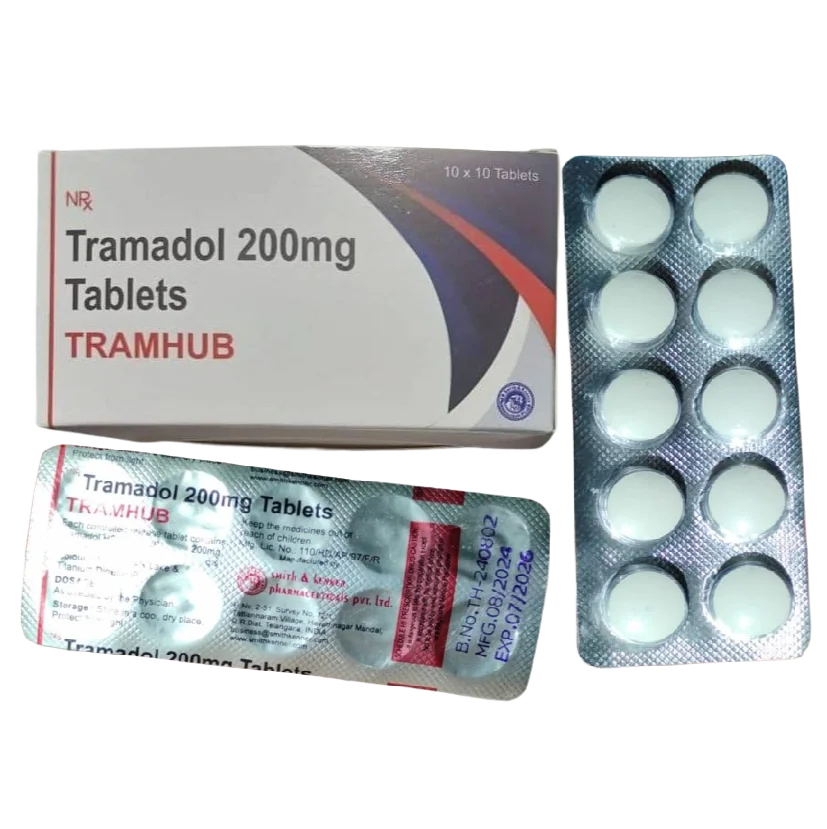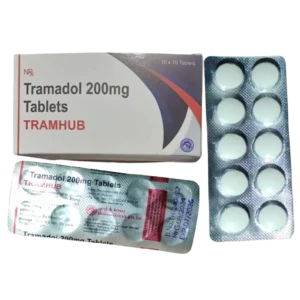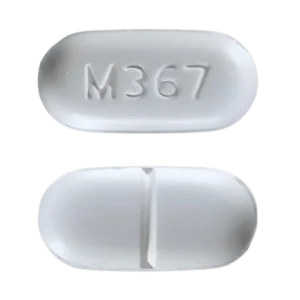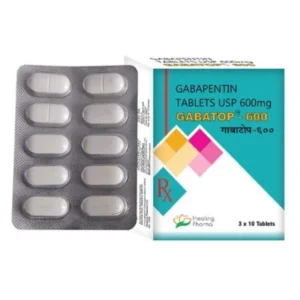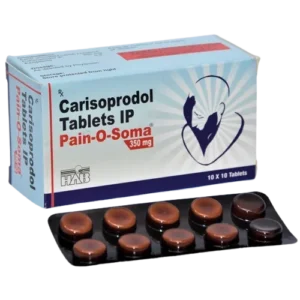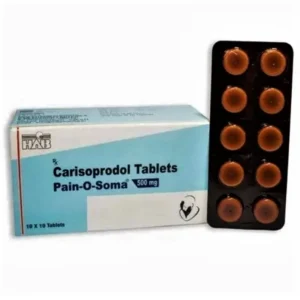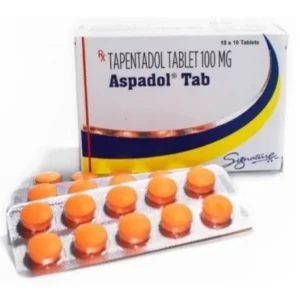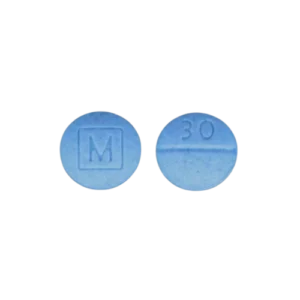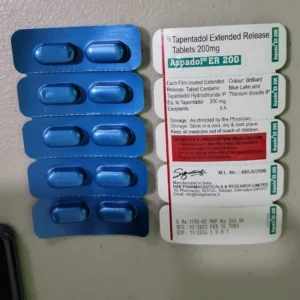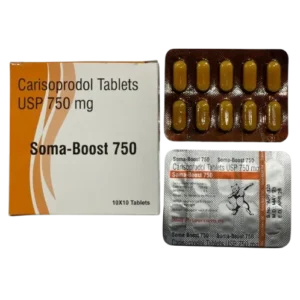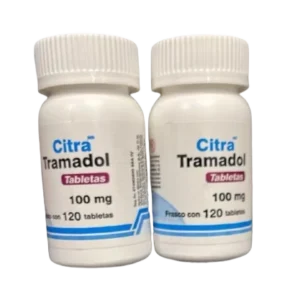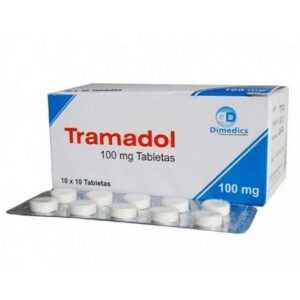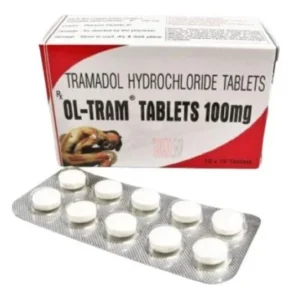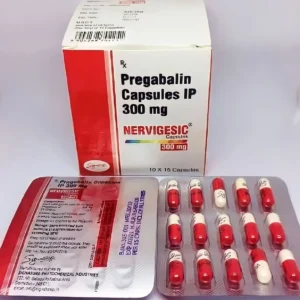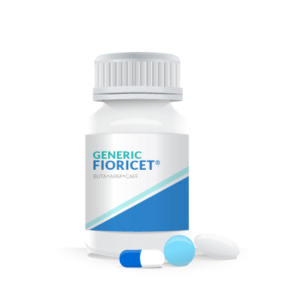Tramadol 200mg: Benefits, Side Effects, and Comparison with Other Pain Medications
Tramadol 200mg is a prescription medication used to manage moderate to severe pain. It is classified as an opioid analgesic, but unlike traditional opioids, it has additional actions that affect certain neurotransmitters. This makes Tramadol unique and can provide effective pain relief while potentially reducing some common side effects seen in other opioid medications. Understanding how Tramadol works and how it compares to other available pain medications in the United States is important for patients who may be considering it as part of their treatment plan.
How Tramadol 200mg Works
Tramadol 200mg works through two key mechanisms:
-
Opioid Receptor Activation: Like other opioids, Tramadol binds to opioid receptors in the brain and spinal cord. This helps reduce the perception of pain.
-
Norepinephrine and Serotonin Reuptake Inhibition: Tramadol also affects the brain’s neurotransmitters, serotonin and norepinephrine. By preventing their reuptake, it can further reduce pain and improve mood, making it particularly effective for certain types of pain, such as neuropathic pain.
The combination of these two actions makes Tramadol versatile in managing pain. It can help patients experiencing both physical pain and discomfort that is related to nerve issues.
Benefits of Tramadol 200mg
-
Dual Mechanism of Action: Tramadol’s ability to interact with opioid receptors and neurotransmitter systems gives it a unique advantage in treating moderate to severe pain.
-
Lower Risk of Opioid-Related Side Effects: Compared to stronger opioids like Oxycodone or Hydrocodone, Tramadol is associated with a lower risk of side effects like constipation, sedation, and dizziness.
-
Suitable for Chronic Pain: Tramadol is often prescribed for chronic pain conditions, such as osteoarthritis or fibromyalgia. Its extended-release formulations offer consistent pain relief over time.
-
Less Potent than Other Opioids: Tramadol is considered a weaker opioid, making it a good choice for patients who do not need the strength of drugs like Morphine or Oxycodone but still require effective pain management.
Comparison with Other Pain Medications in the United States
In the U.S., Tramadol 200mg is often compared to other pain medications like Oxycodone, Hydrocodone, and Tapentadol. Let’s explore how Tramadol stands up against these other commonly used medications.
1. Tramadol vs. Oxycodone
Oxycodone is a much stronger opioid, typically used to manage moderate to severe pain. It works by binding to opioid receptors, just like Tramadol, but it does not impact serotonin or norepinephrine levels.
-
Effectiveness: Oxycodone is stronger than Tramadol and is generally used for more intense pain, such as after surgery or for injuries. Tramadol, on the other hand, is better suited for moderate pain and chronic conditions.
-
Side Effects: Oxycodone is more likely to cause severe side effects like constipation, dizziness, and sedation. Tramadol, with its additional effects on neurotransmitters, tends to have fewer of these issues, making it a better option for some long-term users.
-
Addiction Risk: Both medications have a risk of addiction, but Oxycodone carries a higher risk due to its stronger opioid effects. Tramadol, while still an opioid, may be a safer option for some people because it is less potent.
2. Tramadol vs. Hydrocodone
Hydrocodone is another commonly prescribed opioid, usually combined with acetaminophen (like in Vicodin). It is used for moderate pain but is generally considered stronger than Tramadol.
-
Effectiveness: Hydrocodone is better suited for severe pain compared to Tramadol. However, for chronic conditions or less severe pain, Tramadol can be more appropriate.
-
Side Effects: Both Hydrocodone and Tramadol share similar side effects, including nausea, dizziness, and constipation. However, Tramadol may cause fewer of these effects, particularly over the long term.
-
Addiction Risk: Hydrocodone has a higher potential for abuse and addiction. Tramadol is less likely to be misused due to its dual mechanism of action, although addiction is still a concern.
3. Tramadol vs. Tapentadol
Tapentadol is a pain medication that, like Tramadol, combines opioid receptor activity with norepinephrine reuptake inhibition. However, Tapentadol is generally stronger and more potent than Tramadol.
-
Effectiveness: Tapentadol is more effective for severe pain, especially when nerve-related pain is involved. Tramadol is better suited for moderate pain and chronic conditions.
-
Side Effects: Both medications have similar side effects, but Tapentadol’s stronger opioid effects may lead to a higher frequency of side effects such as dizziness or nausea. Tramadol, being a weaker opioid, typically causes fewer of these issues.
-
Addiction Risk: Tapentadol has a higher addiction risk due to its stronger opioid component. Tramadol is considered a safer option for some people, especially those with a history of substance abuse.
4. Tramadol vs. Non-Opioid Pain Relievers
Tramadol is also compared to non-opioid medications like NSAIDs (e.g., ibuprofen) and acetaminophen.
-
Effectiveness: Non-opioid pain relievers are generally used for mild to moderate pain. Tramadol is more effective for moderate to severe pain, especially when nerve-related issues are present.
-
Side Effects: NSAIDs and acetaminophen are usually better tolerated with fewer side effects compared to opioids. Tramadol, however, can cause issues like dizziness and nausea, especially if taken long-term.
-
Addiction Risk: Non-opioid pain relievers do not carry the same risk of addiction as Tramadol, which is an opioid.
Key Takeaways
-
Tramadol 200mg is effective for moderate pain and offers the advantage of a dual action, combining opioid receptor binding with neurotransmitter effects.
-
Comparison to Other Pain Relievers:
- Oxycodone and Hydrocodone are stronger opioids, suitable for more severe pain but come with higher risks of side effects and addiction. Tramadol is a weaker, potentially safer alternative for less severe pain.
- Tapentadol is more potent than Tramadol and is better suited for severe pain, especially when nerve involvement is present.
- Non-opioid pain relievers are better suited for mild to moderate pain and come with fewer risks but are not as effective for severe or nerve-related pain.
-
Side Effects: Tramadol generally causes fewer opioid-related side effects than stronger opioids, making it a better long-term option for some patients.
-
Addiction Risk: Tramadol carries a lower addiction risk compared to stronger opioids, but it is still important to monitor its use, especially in individuals with a history of substance abuse.
Conclusion
Tramadol 200mg is an effective medication for managing moderate pain. Its dual mechanism—both opioid and neurotransmitter-related—provides a balanced approach to pain relief with fewer side effects than stronger opioids. When compared to other pain relievers, such as Oxycodone, Hydrocodone, Tapentadol, and non-opioid medications, Tramadol stands out as a good choice for patients who need moderate pain relief without the higher risks associated with stronger opioids. However, as with all pain medications, it is important to use Tramadol under the guidance of a healthcare provider to ensure its safe and effective use.

